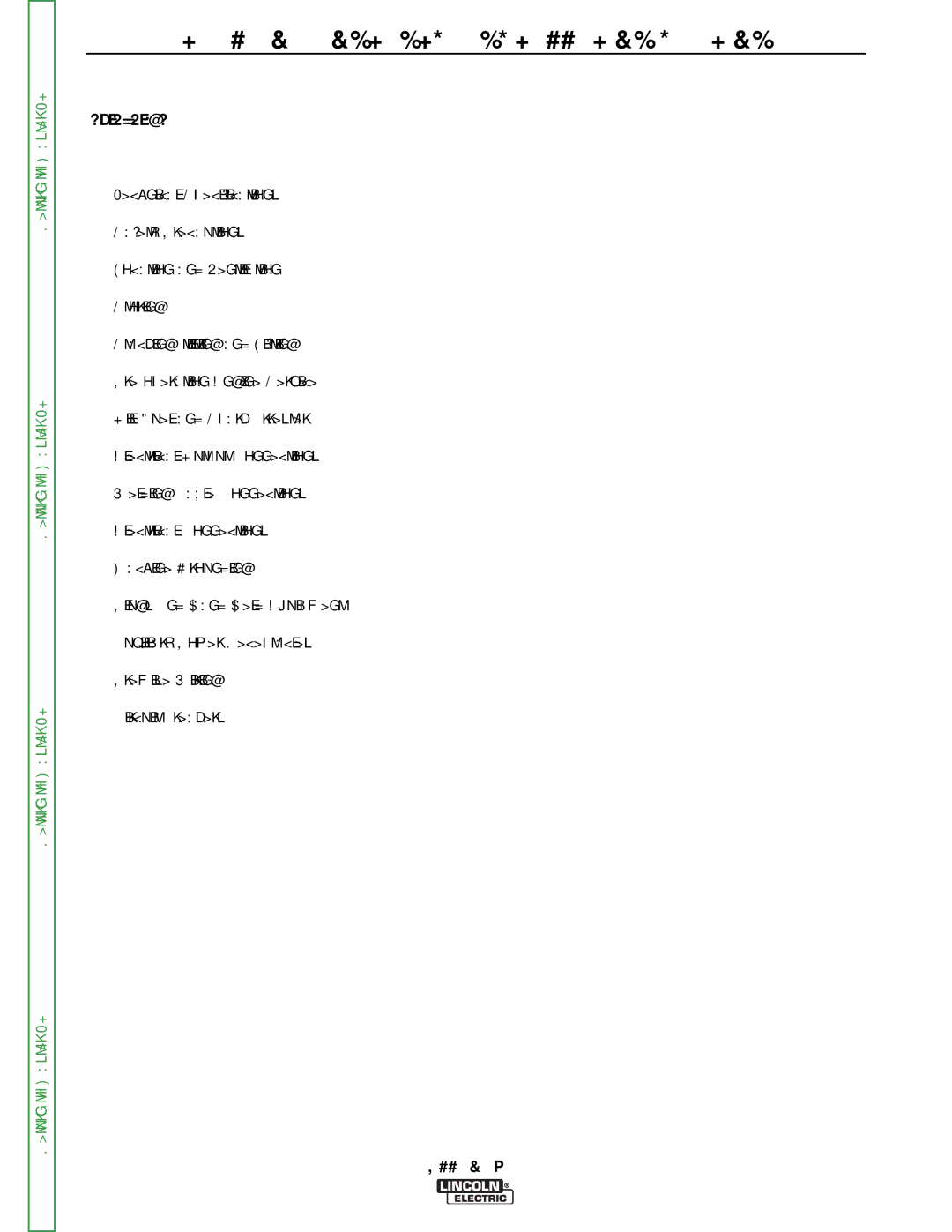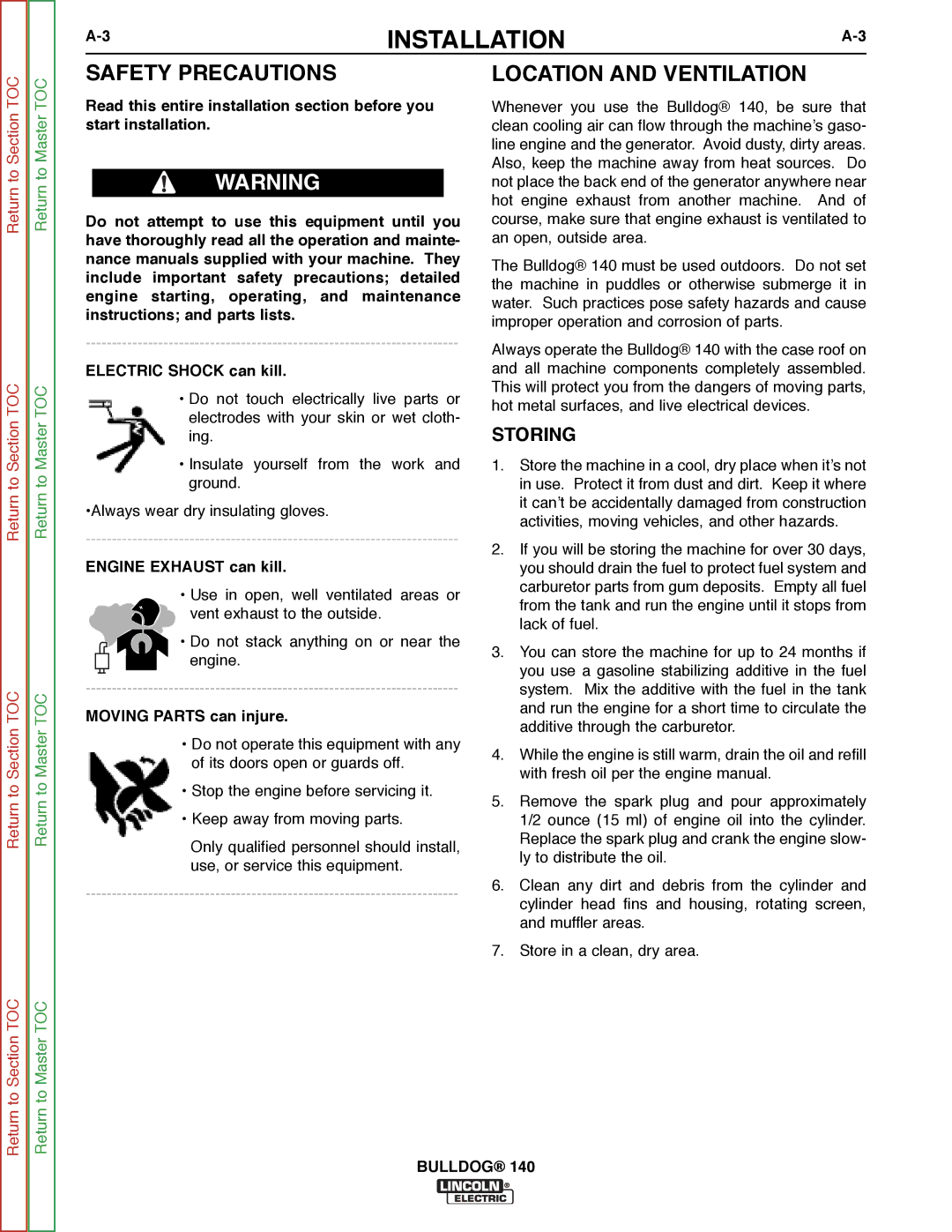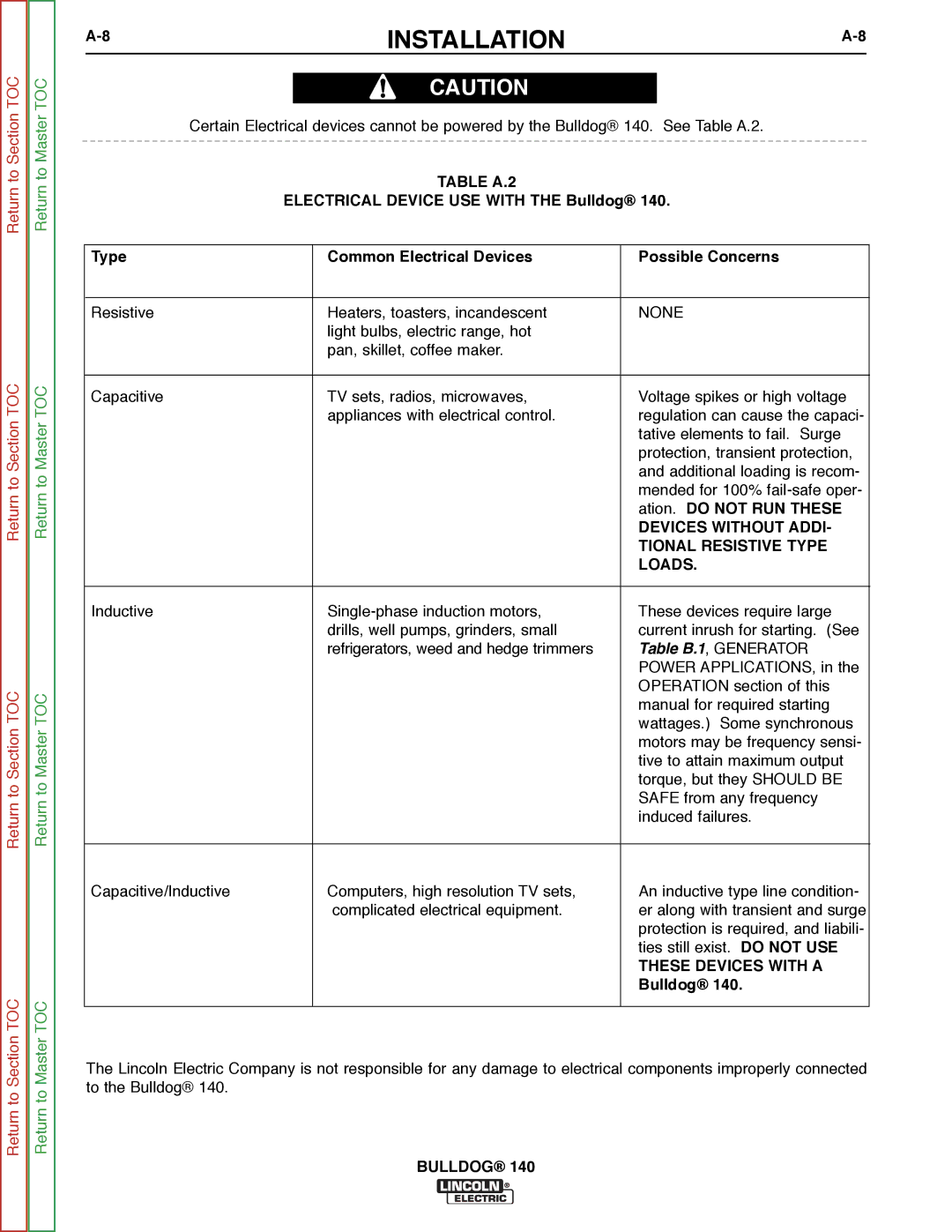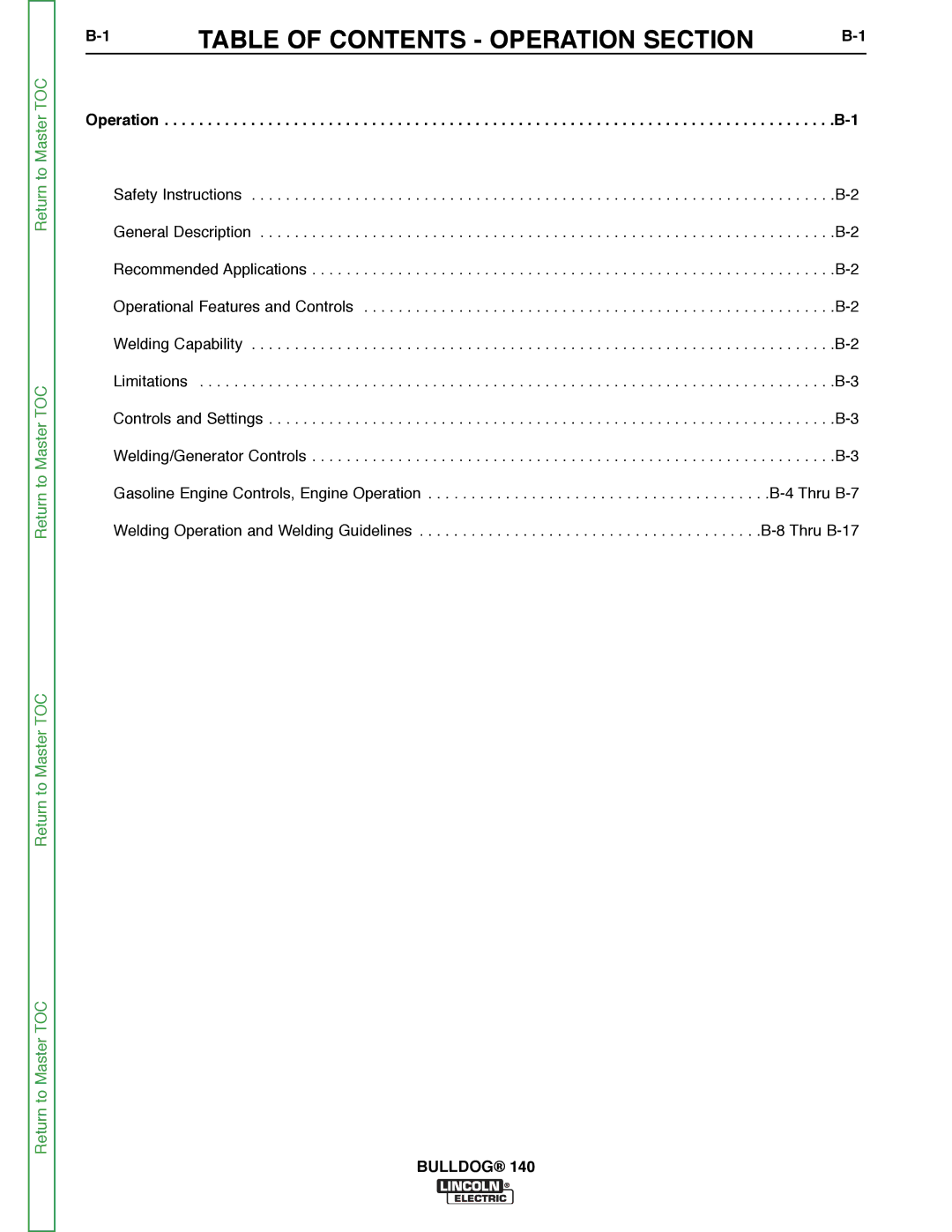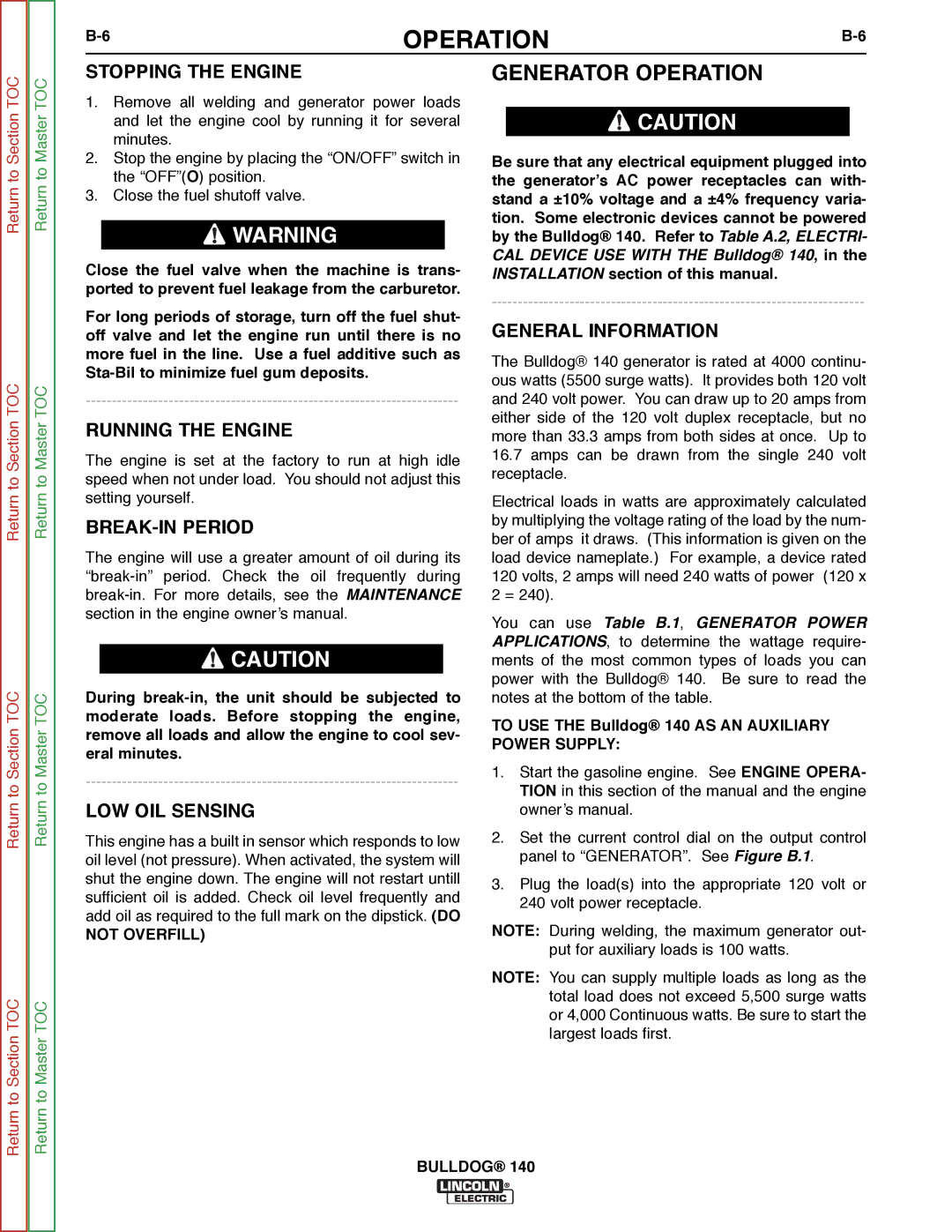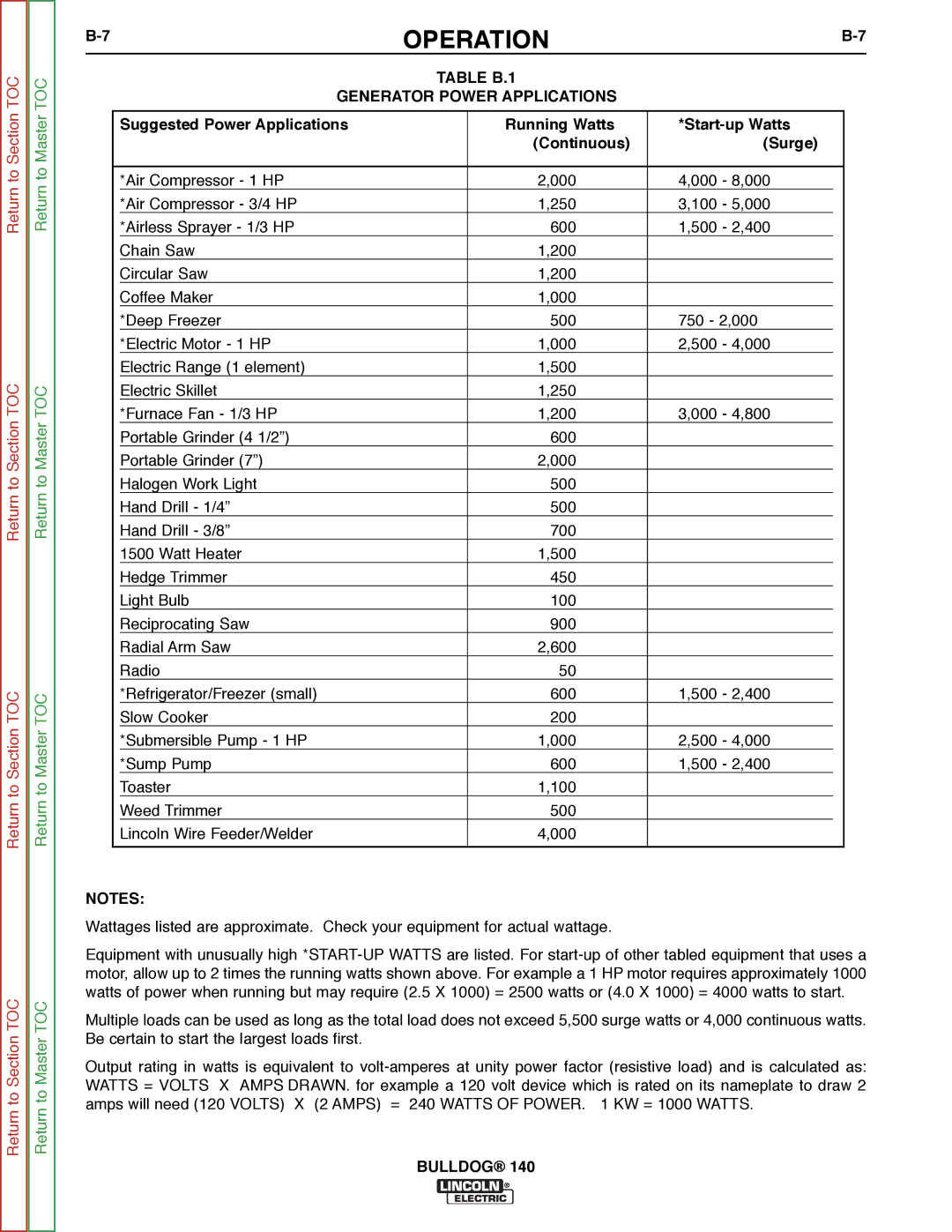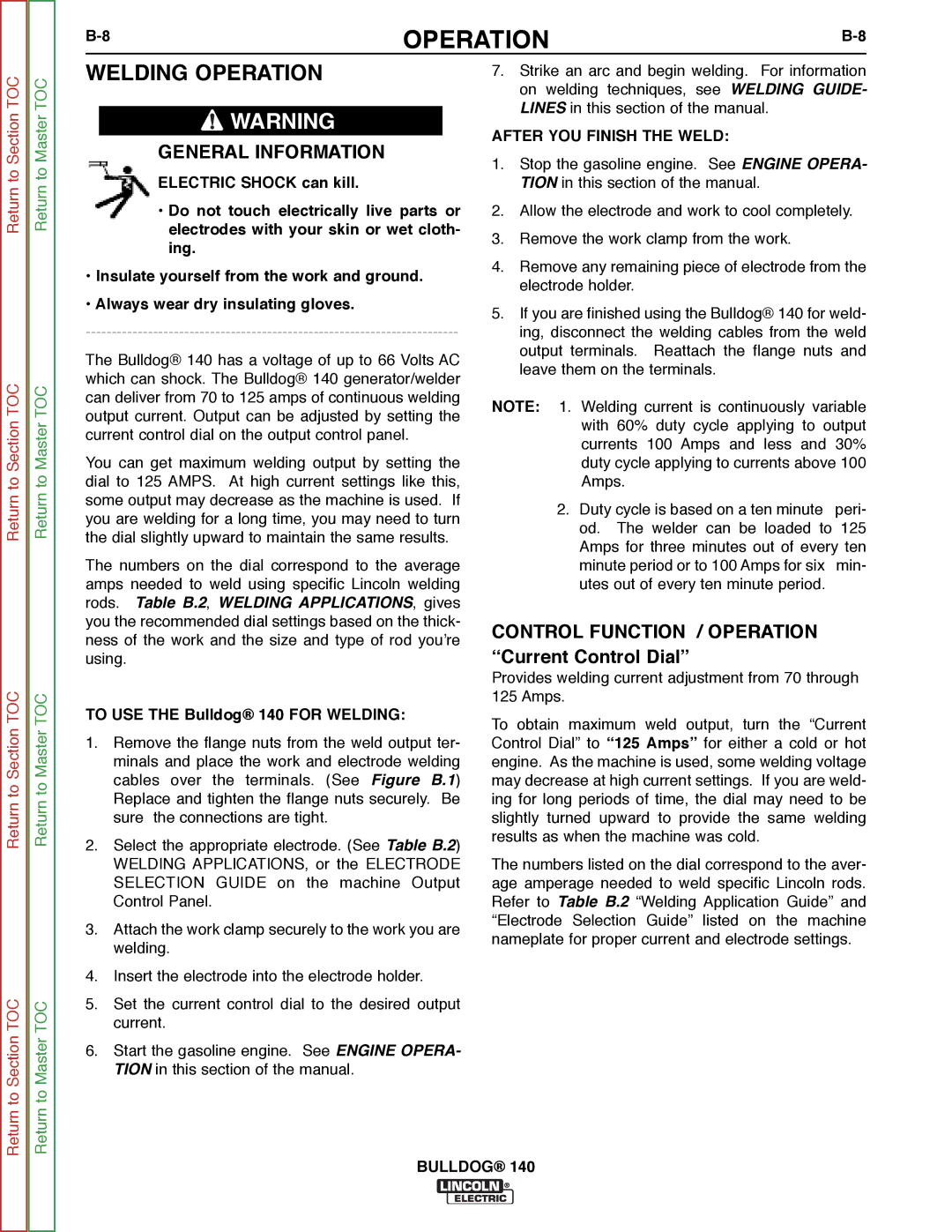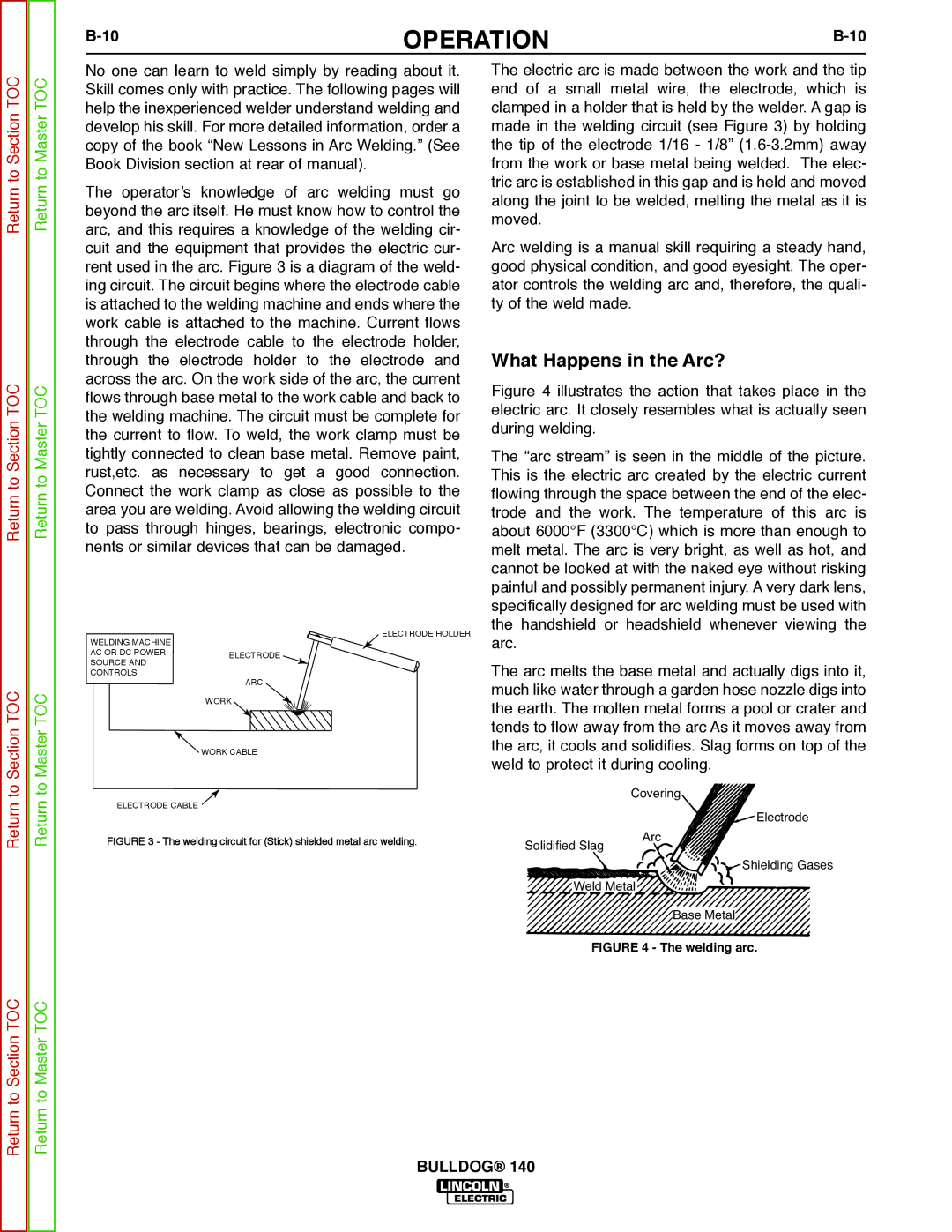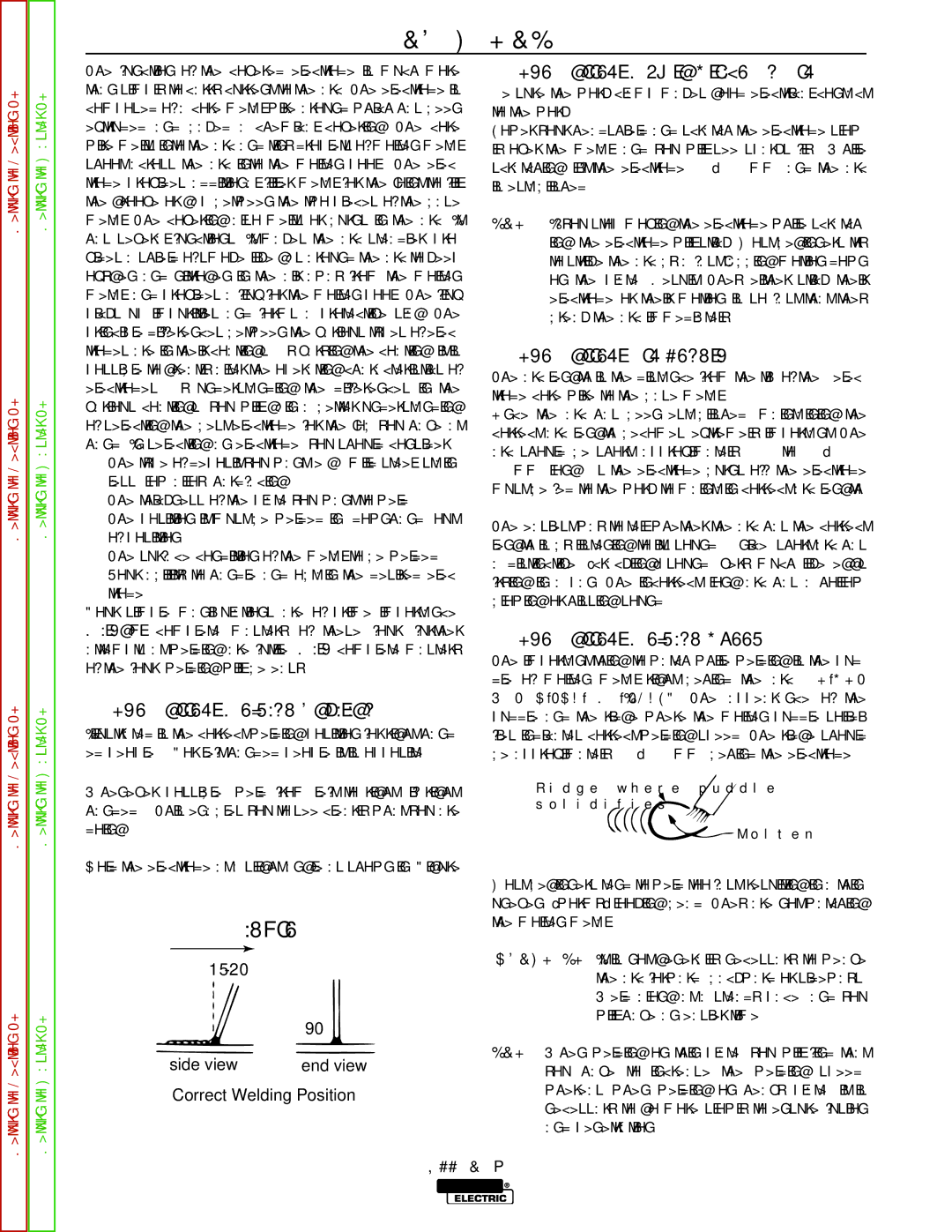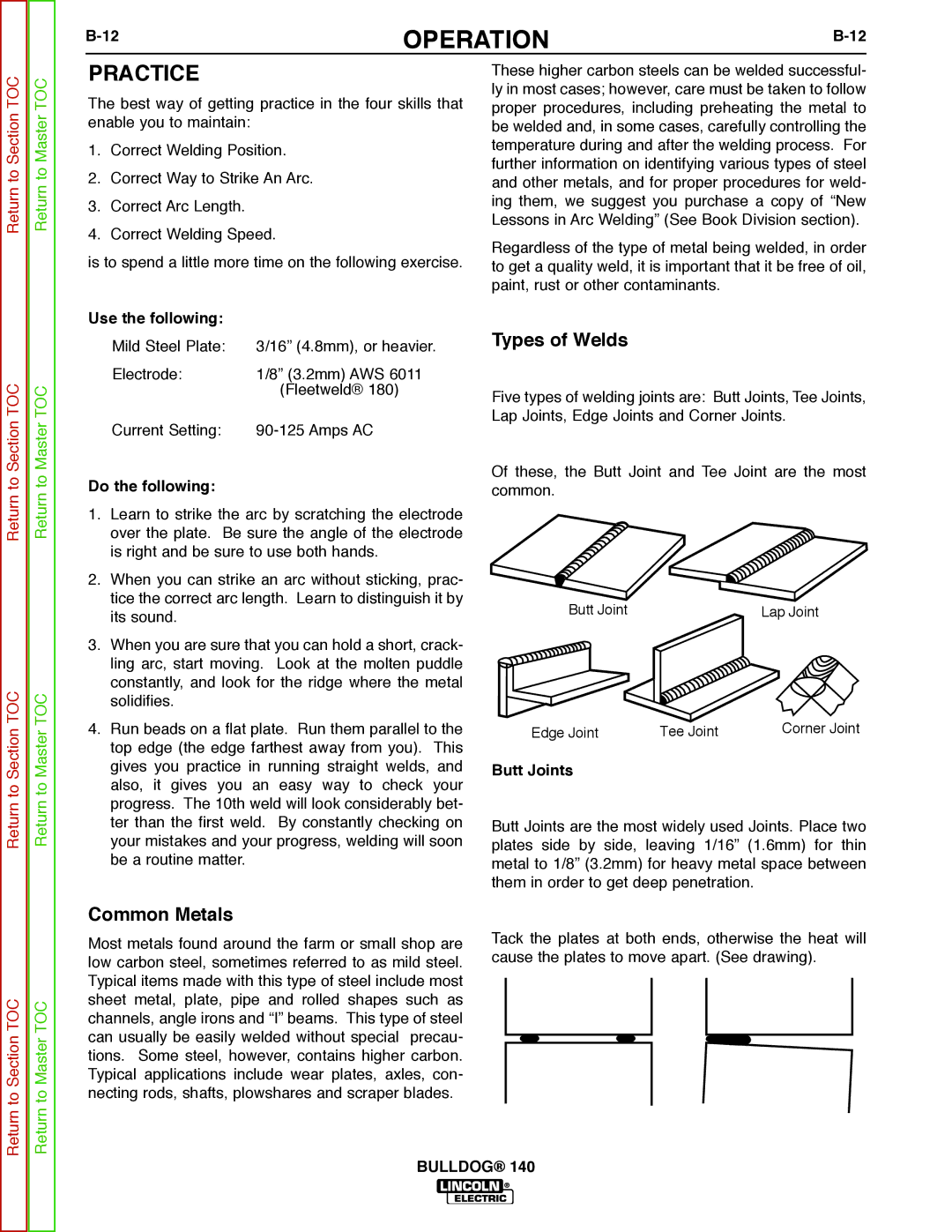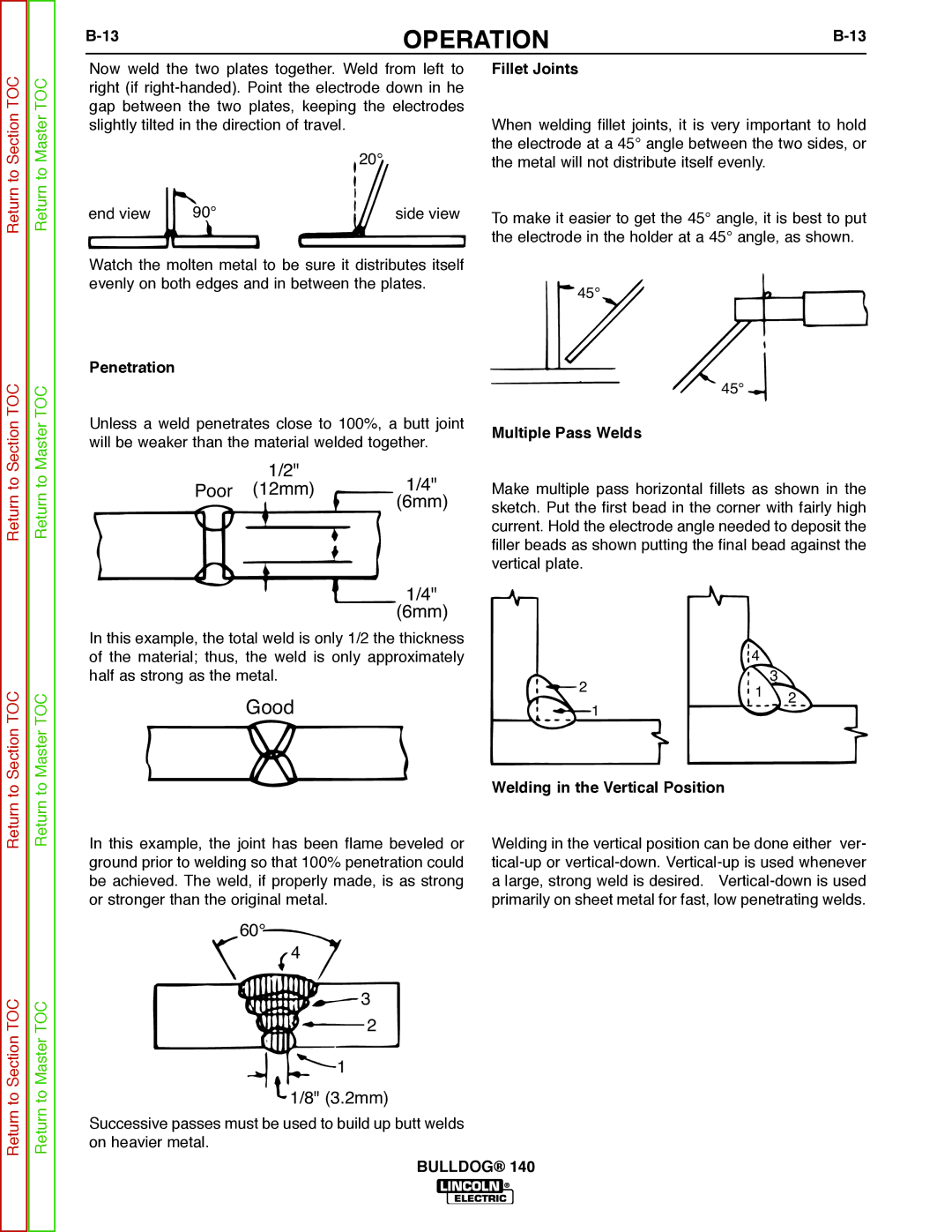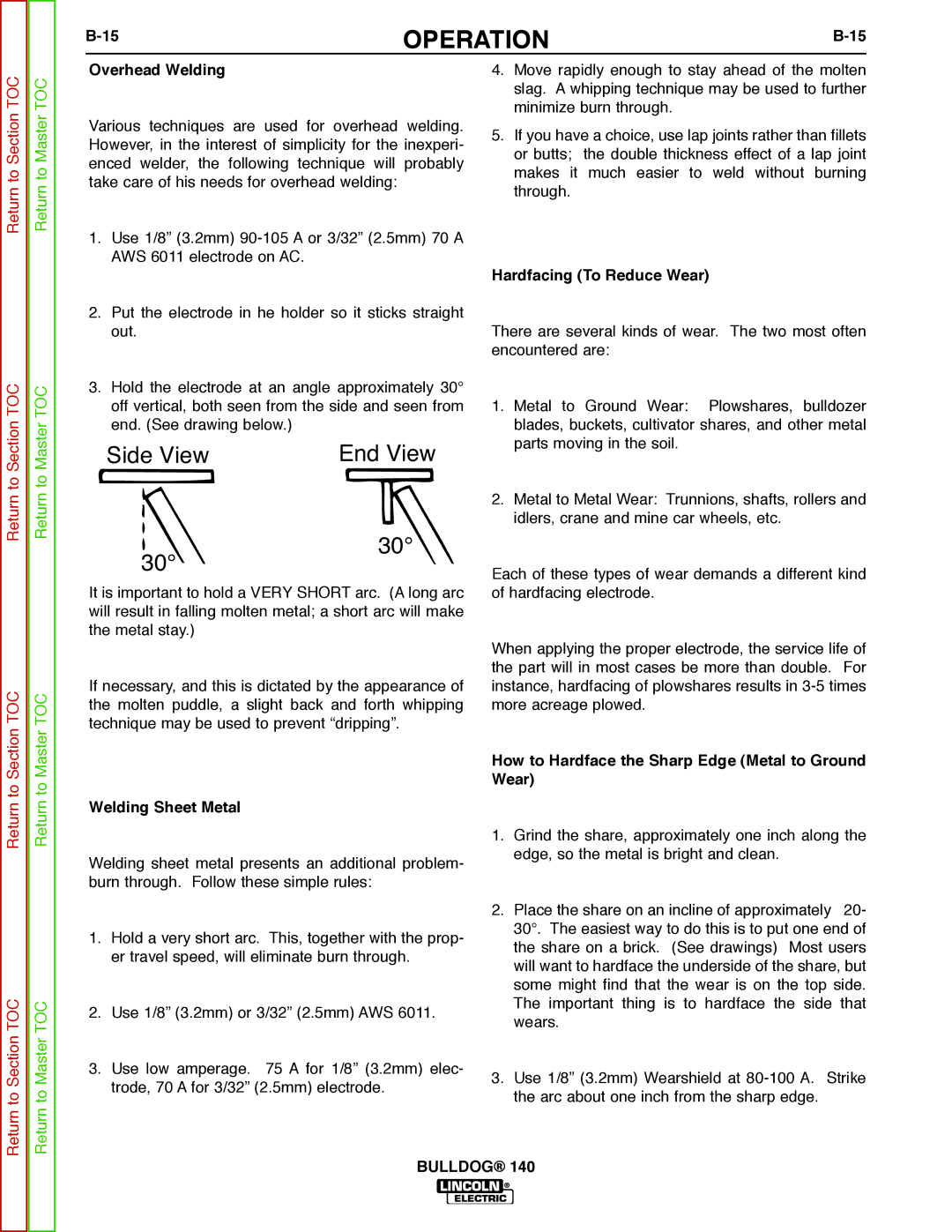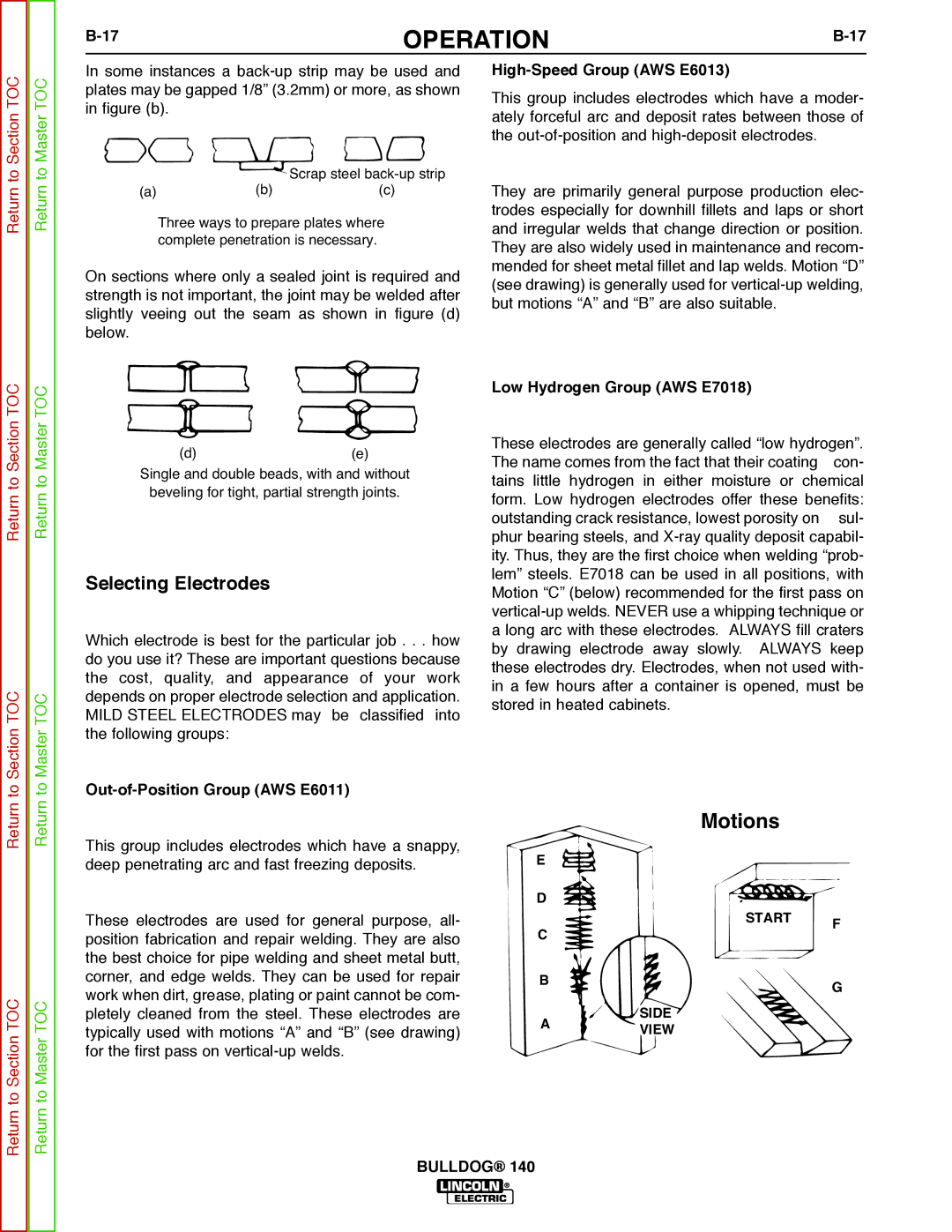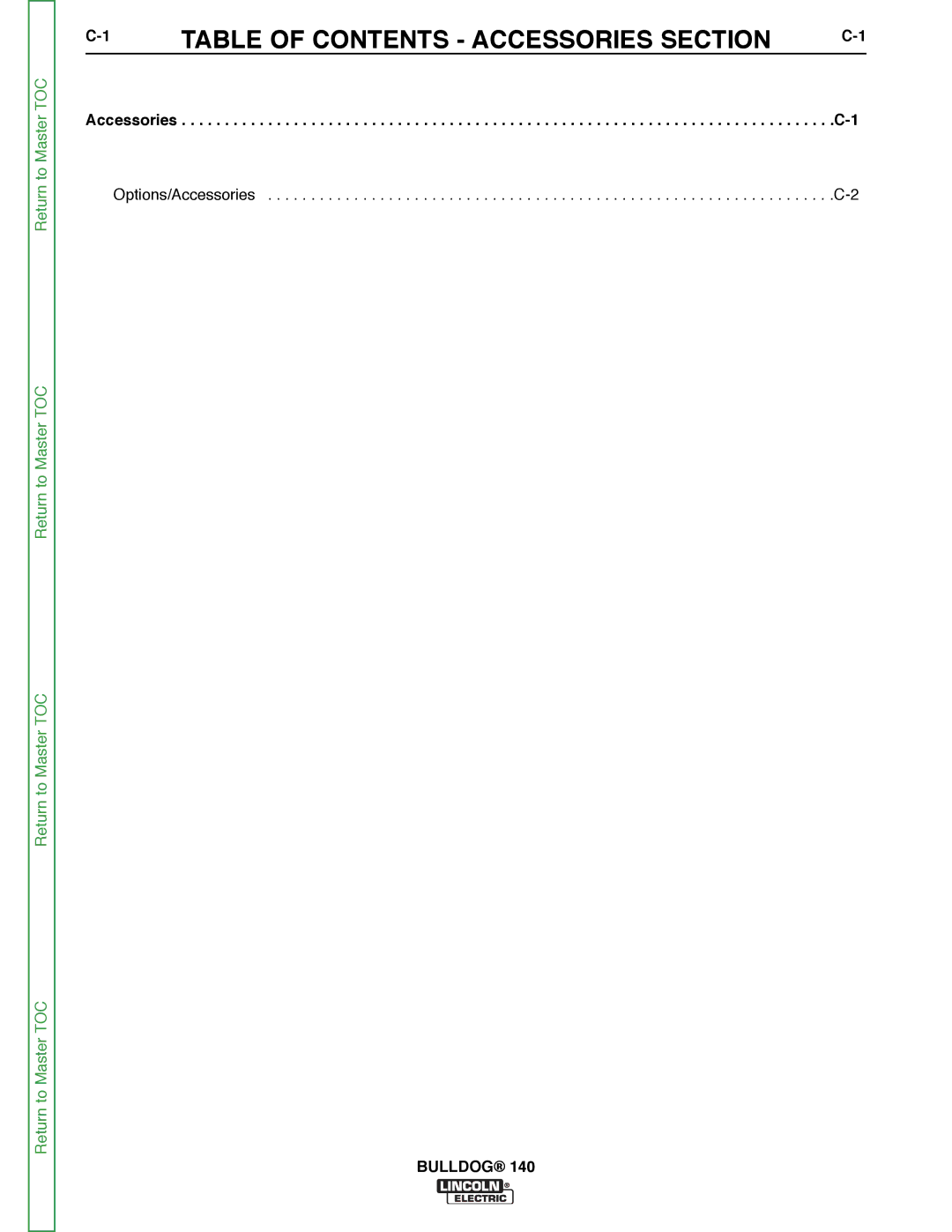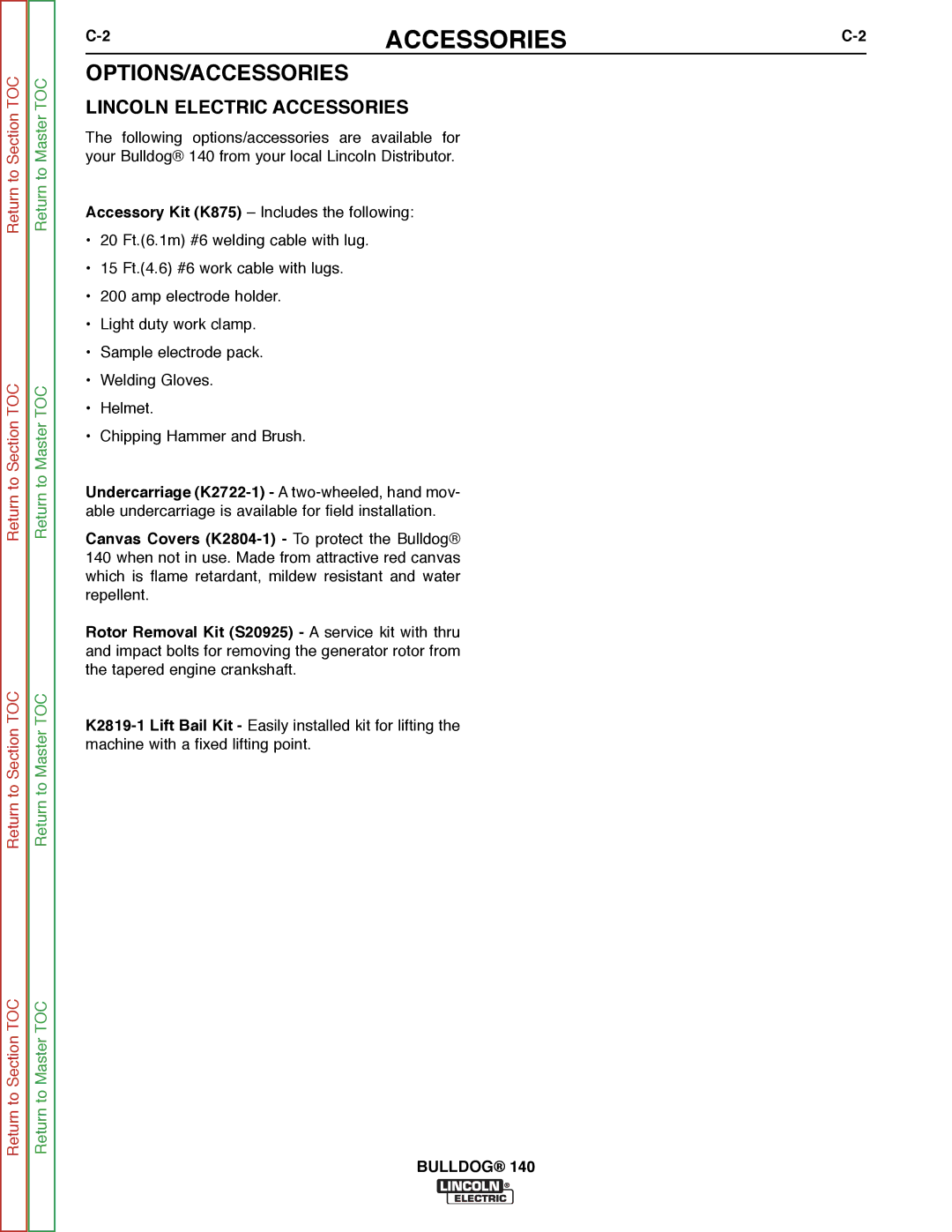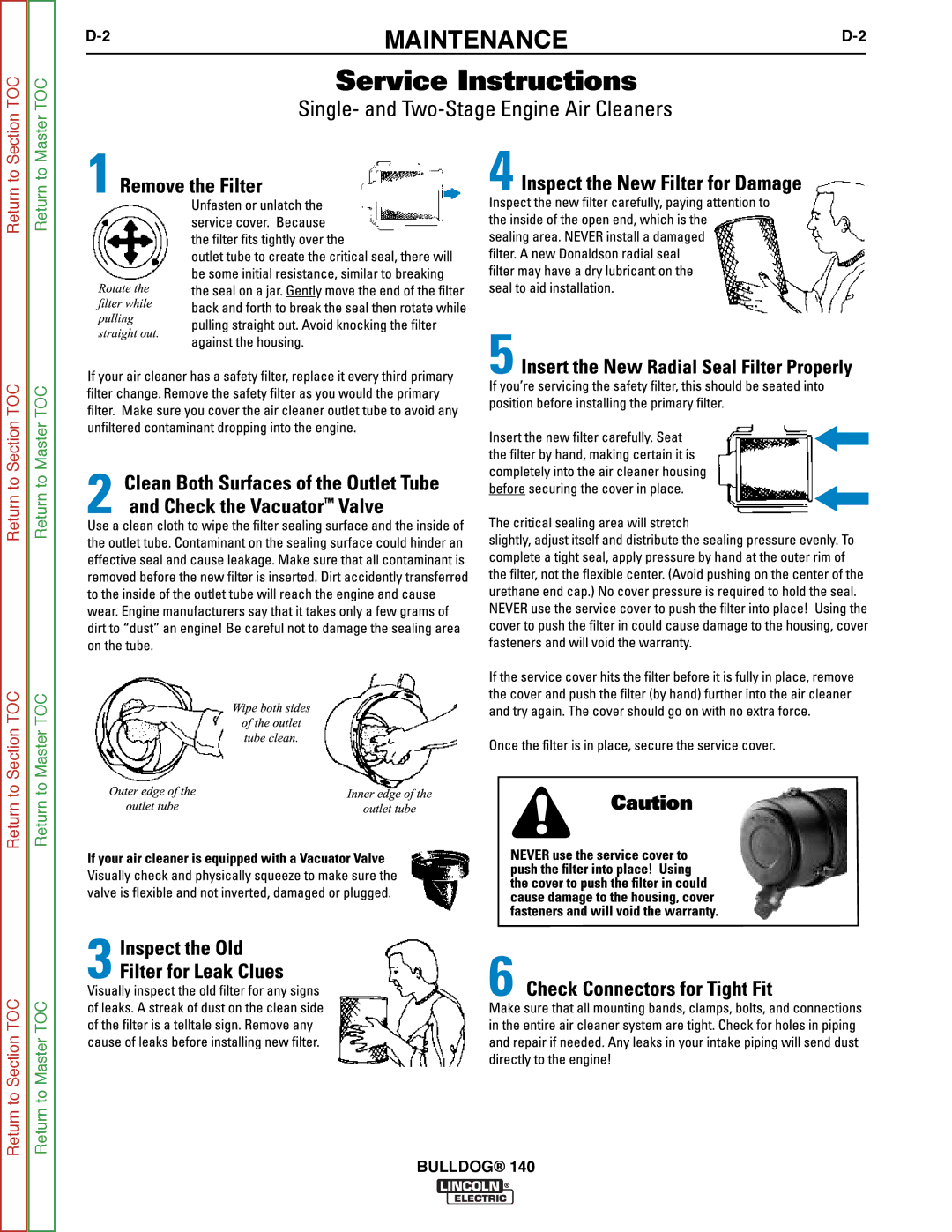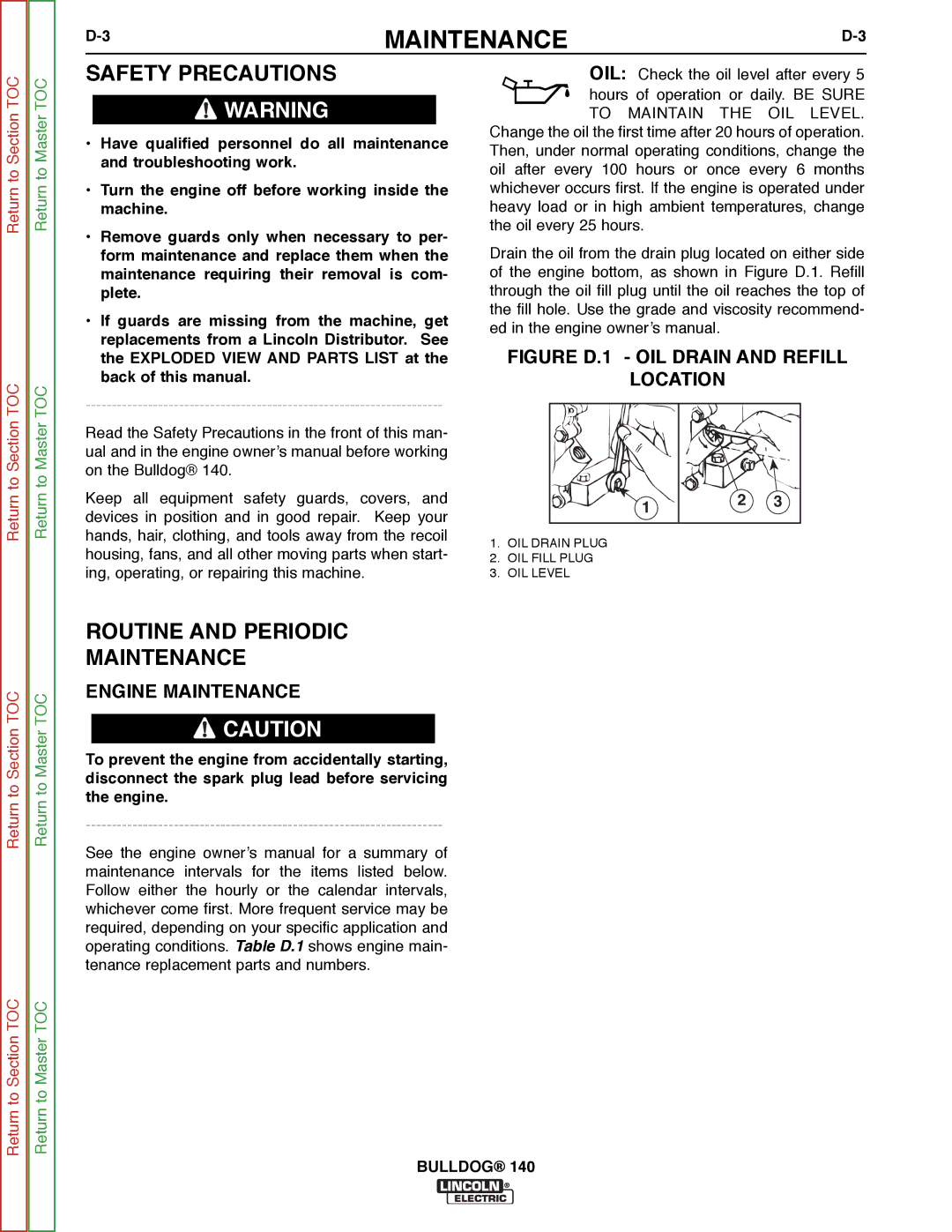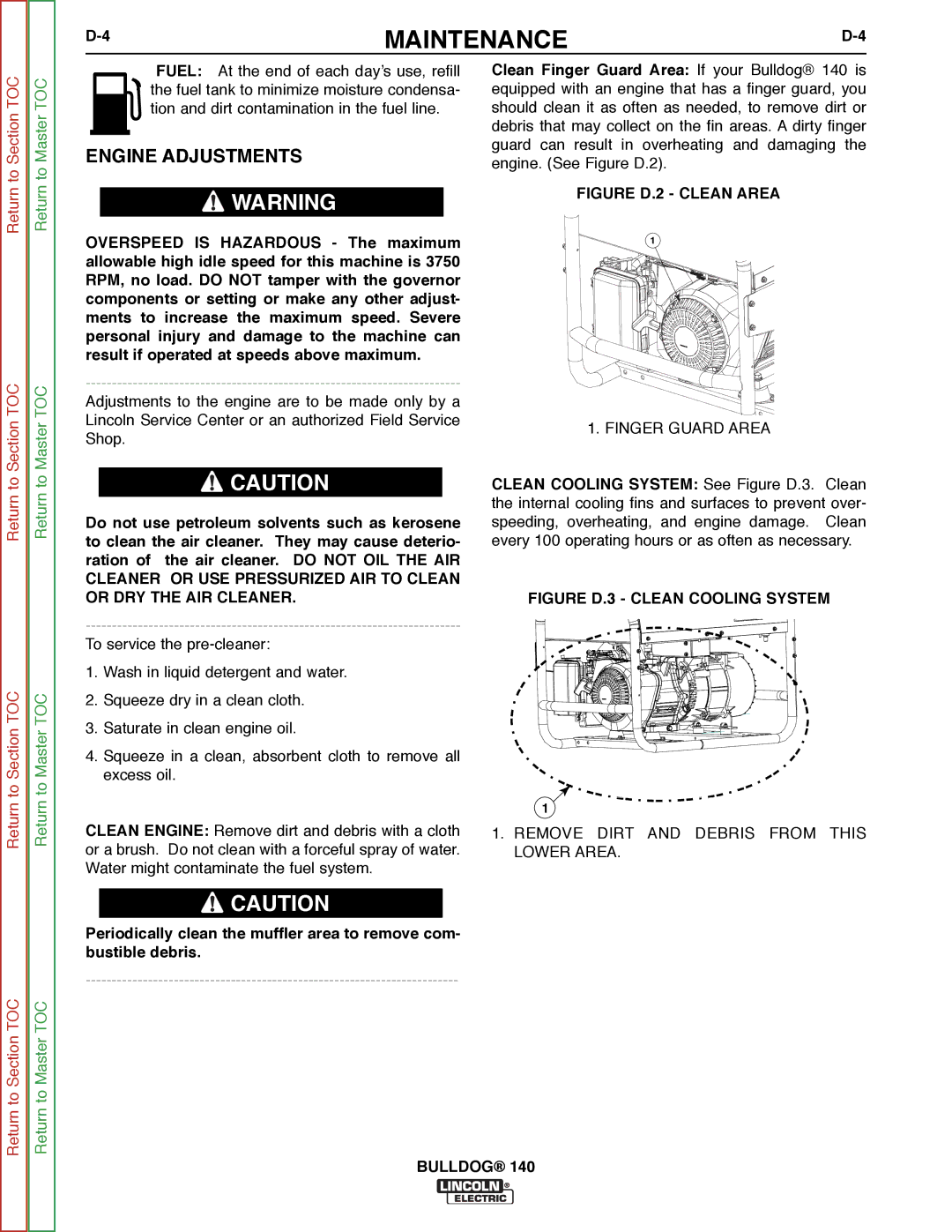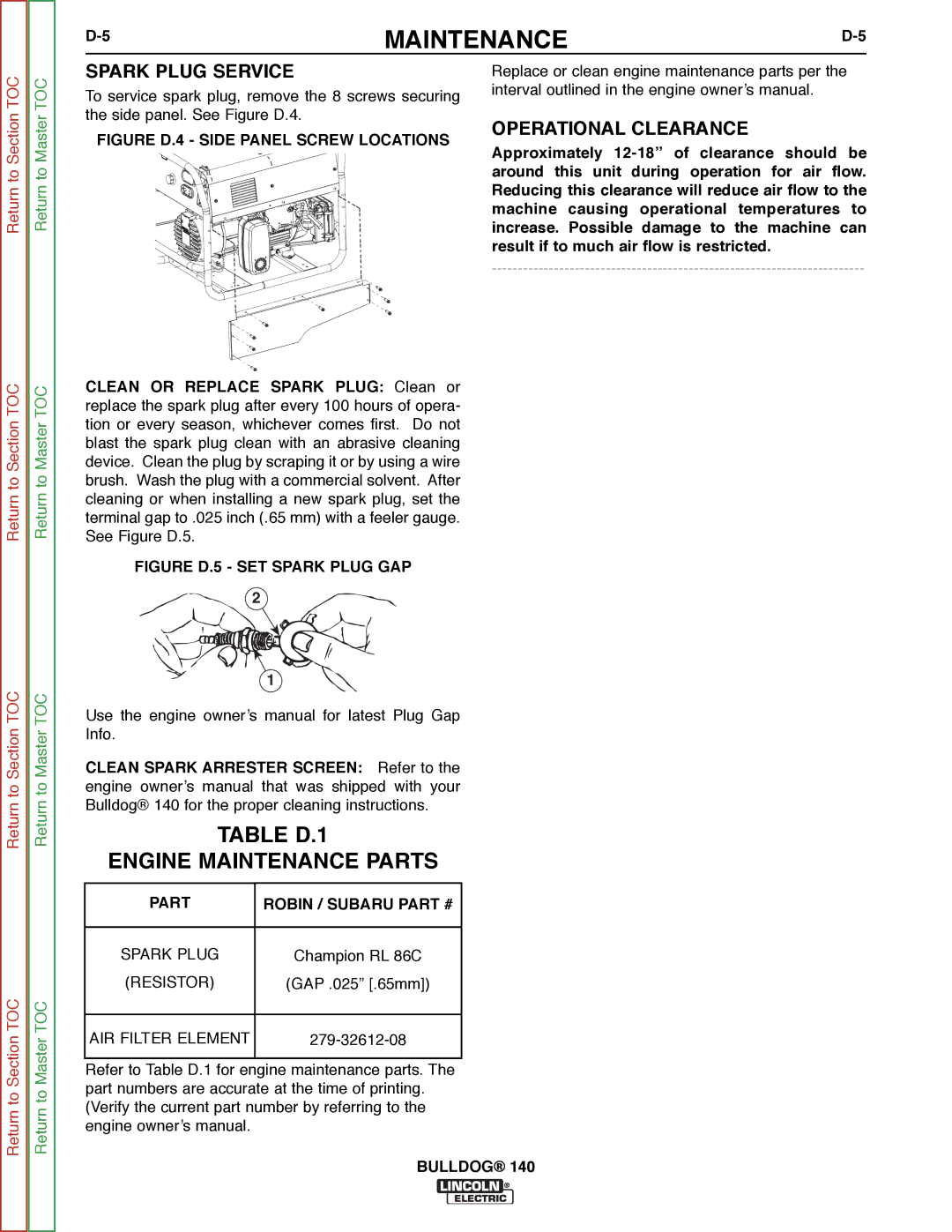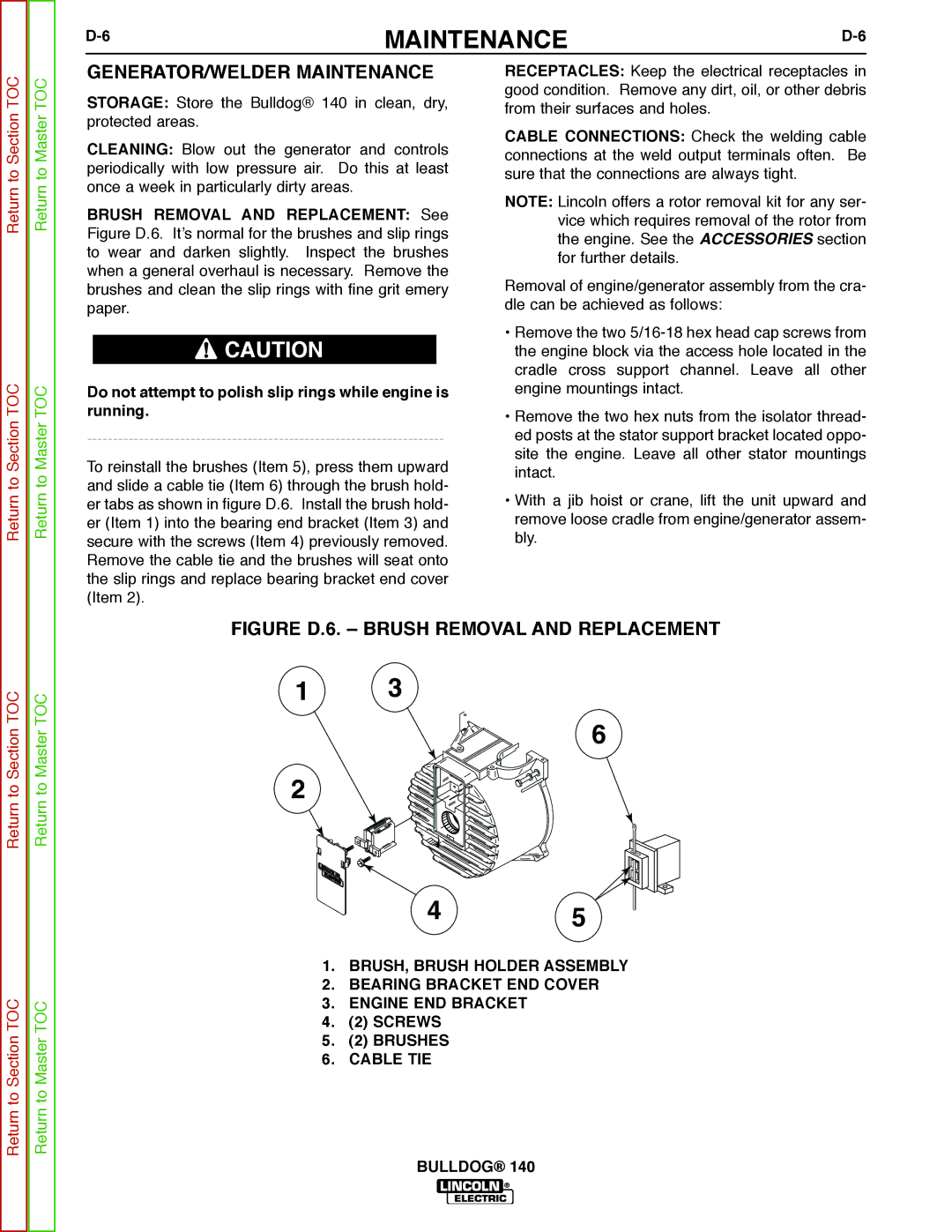
OPERATION | ||
|
Return to Section TOC
Return to Section TOC
Return to Section TOC
Return to Section TOC
Return to Master TOC
Return to Master TOC
Return to Master TOC
Return to Master TOC
BEFORE STARTING THE ENGINE
CHECK AND FILL THE ENGINE OIL LEVEL:
1.Place the machine on a level sur- ![]()
![]()
![]() face.
face.
2.Open the oil fill plug.
3.Fill (if necessary) until oil flows out the top of the fill plug hole.
4.Replace the fill plug and tighten securely.
CHECK AND FILL THE ENGINE FUEL TANK:
1. Remove the fuel tank cap.
2. Fill the tank to allow approximately 1/4 inch (5 mm) of tank space for fuel expansion. DO NOT FILL THE TANK TO THE POINT OF OVERFLOW.
3. Replace the fuel tank cap and tighten securely.
NOTE: The engine will operate satisfactorily on any gasoline meant for automotive use. A mini- mum of 87 octane is recommended. DO NOT MIX OIL WITH THE GASOLINE.
Use clean, fresh,
NOTE: We DO NOT recommend using gasoline that contains alcohol, such as gasohol. However, if gasoline with alcohol is used, it MUST NOT contain more than 10% Ethanol and MUST be removed from the engine during storage. DO NOT use gasoline containing Methanol.
STARTING THE ENGINE
NOTE: Remove all loads connected to the AC power receptacles before starting the gasoline engine. Put the “ON/OFF” Switch in the “ON”(I) position.
FOR A “COLD” ENGINE:
1. Open the fuel shutoff valve.
2. Place the choke lever in the “CHOKE” position.
3.Pull slightly on the recoil starter handle until resis- tance is felt.
4.Pull the cord rapidly.
5.If the engine does not start, open the choke slight- ly and pull the starter cord rapidly again.
When the engine starts, gradually open the choke to the “RUN” position. To open the choke fully requires an engine
FOR A “HOT” ENGINE:
1.Open the fuel shutoff valve.
2.Place the choke lever in the “RUN”
position. Closing the choke of a hot engine will flood the carburetor and prevent starting.
3.Pull slightly on the recoil starter handle until resis- tance is felt.
4.Pull the cord rapidly.
FOR BEST ENGINE STARTING:
•Always use fresh gasoline and be sure the filter is clean and properly maintained.
•If you use an alternate fuel tank or supply, be sure to install an
•Do not pull the recoil starter with the
choke in the “CHOKE” position more than one time. Repeated pulls on a choked engine will flood the carburetor.
•If the engine will not start, see the TROU- BLESHOOTING section of this or the engine owner’s manual.
BULLDOG® 140
